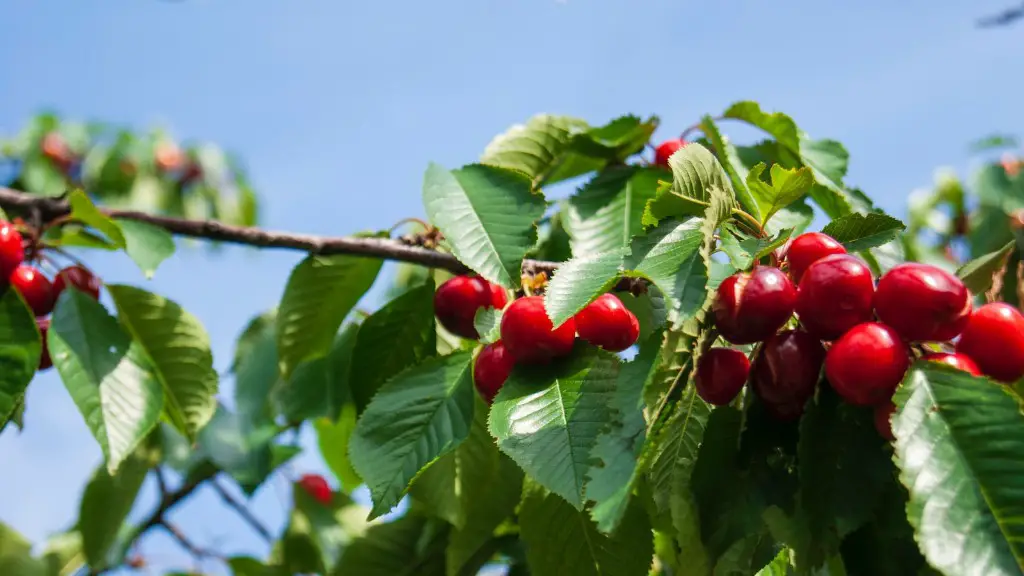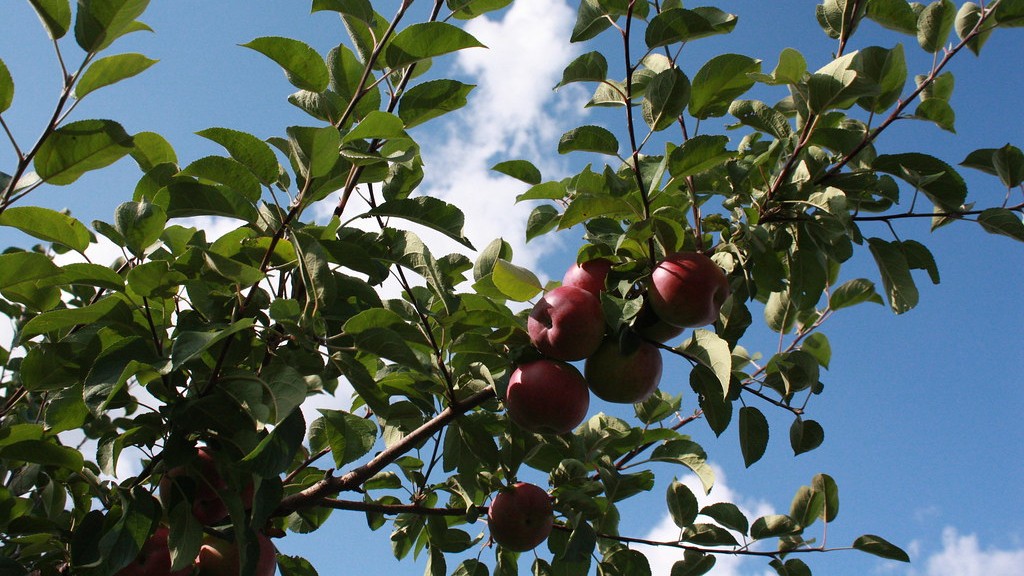Background Information
The avocado tree is a tropical tree that originates from the region of Central America. It is a tall, evergreen tree that grows between 40 to 80 feet in height, and is known for its fragrant flowers and oval to pear-shaped fruits. The flowers grow in racemes or spikes, in clusters of 10 to 50 flowers. The fruits are not only edible, but also have a wide variety of uses, including flavorings, medicines, detergents, and even in cosmetics.
However, the biggest challenge for avocado farmers is ensuring that their trees survive winters and remain viable year after year. So, how cold can an avocado tree tolerate?
Cold Tolerance
In general, avocado trees are very tolerant of cold weather, but are affected by frost. They can tolerate temperatures as low as 28-30°F but can suffer if temperatures drop to 20°F or lower. In this temperature range, frost can damage young leaves, flowers and shoots.
The temperature range of where an avocado tree can survive and produce fruit is known as its cold-hardiness zone. In the United States, the avocado tree is considered cold-hardy only in USDA zone 9-12, where temperatures don’t get much lower than 30-35°F. Avocado trees that are not in these zones require protection from frost and cold weather in order to fruit and survive.
Factors Affecting Cold Tolerance
The amount of cold an avocado tree can tolerate depends on a few factors, such as the type of tree, its age, the type of soil it is planted in, and the climate and temperature of the location it is planted in.
Avocado trees vary in cold-hardiness based on their species. Some species are more cold-sensitive and need more protection, whereas others are tougher and require less protection.
The age of the tree also affects cold-hardiness. Younger trees are more vulnerable to damage from cold weather than mature trees. The type of soil and climate of the location it is planted in also play an important role in determining the cold-hardiness of the tree.
Strategies for Cold Protection
Avocado farmers have developed several strategies to protect their trees from cold damage. These include using protective coverings, such as blankets, sheets, or burlap, to ensure the trees don’t freeze; pruning trees to reduce their susceptibility to cold weather; and planting the trees in sheltered locations such as valleys, near buildings, or by walls.
They can also use overhead irrigation to wet the ground and raise the air temperature around the tree. Mulching can also be used around the base of the tree to protect the roots, which are the most vulnerable to cold damage. Additionally, farmers can spray anti-freeze or a protective solution onto the foliage of the tree to shield it from frost and extreme temperatures.
Avocado farmers can also choose to dig a deep hole in which to plant the tree, allowing it to remain insulated from cold weather. Additionally, planting avocado trees next to other trees that are more cold-hardy, such as mango trees or citrus trees, can provide a source of additional heat and protection from the elements.
Preventive Care
It is important to provide avocado trees with the proper care and maintenance in order to ensure they remain healthy and cold-hardy. This includes providing adequate water and nutrients, pruning the trees, and controlling pests and diseases. Additionally, providing avocado trees with shelter during the winter months will help to protect them from extreme cold and frost damage.
Providing protective coverings and using anti-freeze solutions will also help to ensure the trees remain healthy and viable year after year. Finally, choosing the right site for planting avocado trees is essential, as warmer locations will provide more protection from cold temperatures and frost.
Types of Avocado Trees
There are three main types of avocado trees – Mexican, West Indian, and Guatemalan. Mexican avocado trees are considered to be the most cold-hardy, and can tolerate temperatures as low as 28-30°F. West Indian avocado trees are less cold-hardy and can tolerate temperatures as low as 35-40°F. Guatemalan avocado trees are the least cold-hardy and can tolerate temperatures as low as 45-50°F.
In order to select the best type of avocado tree for a certain region, it is important to consider the climate, temperature range, and available protection. Selecting a tree that is more cold-hardy will provide the most protection and give the best chance of maintaining a successful avocado tree.
Conclusion of Cold Tolerance
When determining how cold an avocado tree can tolerate, it is important to consider the type of tree, its age, the climate, and the available protection that can be provided. Avocado trees that are planted in cold-hardy zones, such as USDA zones 9-12, will usually have the greatest chance of survival. However, providing adequate protection from extreme cold and frost, such as with protective coverings, anti-freeze solutions, and appropriate site selection can help to ensure avocado trees remain viable year after year.


